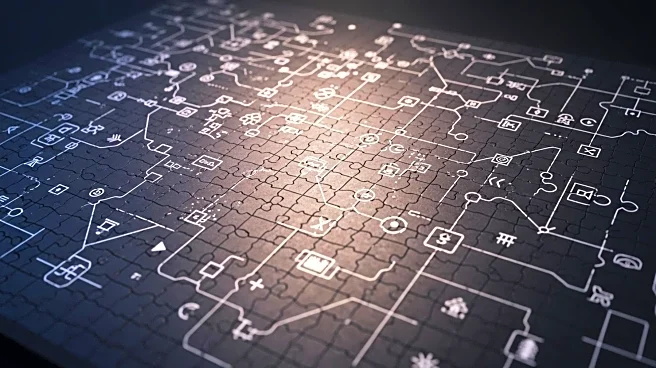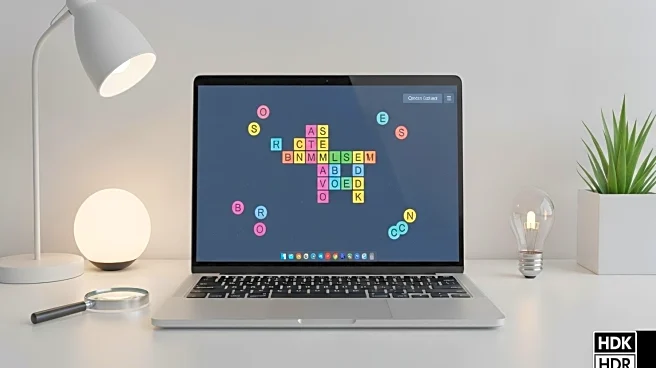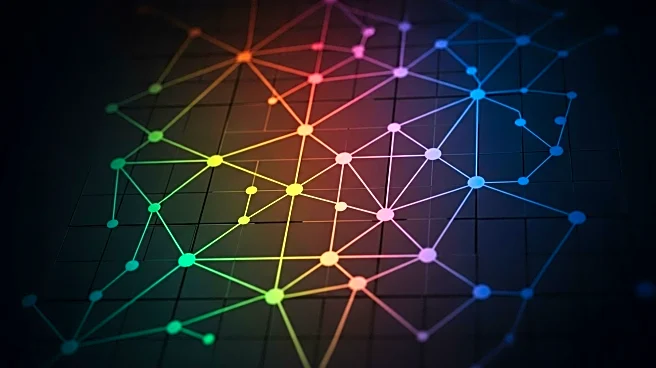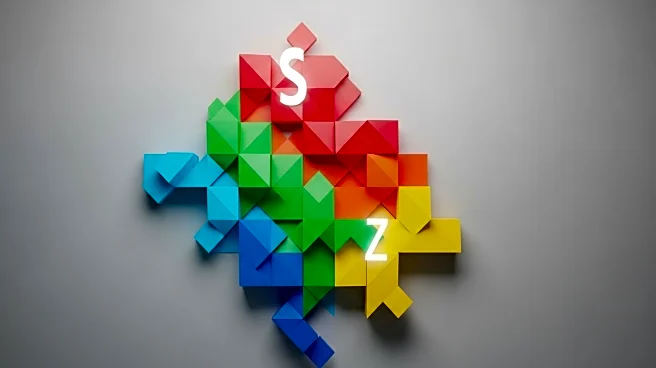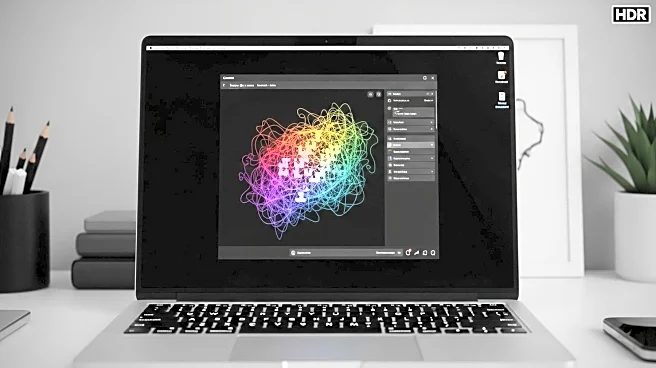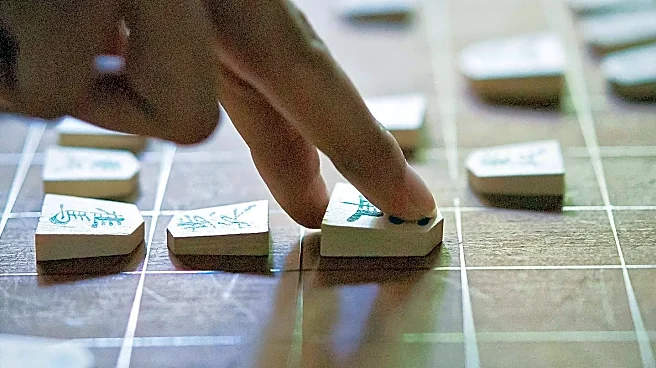What's Happening?
The New York Times has introduced a new puzzle feature called 'Connections,' which is gaining popularity among puzzle enthusiasts. This daily puzzle challenges players to identify thematic groupings of words, offering hints and answers to assist in solving the puzzle. The latest edition, dated September 27, 2025, includes themes such as 'loving,' 'appendages,' 'popcorn-making methods,' and 'squander, with away.' The Times has also launched a Connections Bot, similar to the Wordle Bot, allowing players to track their progress, analyze their answers, and view their win streaks. This new feature is part of the Times Games section, which aims to engage readers with interactive and educational content.
Why It's Important?
The introduction of the Connections puzzle reflects the growing trend of interactive and engaging content in digital media. By offering puzzles that challenge cognitive skills and provide entertainment, the New York Times is expanding its reach and enhancing reader engagement. This move aligns with the broader industry shift towards gamification, where media outlets use game-like elements to attract and retain audiences. The Connections puzzle not only provides a fun and educational experience but also fosters community interaction as players share strategies and solutions. This can lead to increased subscription rates and reader loyalty, benefiting the Times' business model and digital presence.
Beyond the Headlines
The success of the Connections puzzle could inspire other media outlets to develop similar interactive features, potentially leading to a new era of digital content that prioritizes user engagement and interactivity. This trend may also influence educational platforms, as puzzles and games are increasingly recognized as effective tools for learning and skill development. Additionally, the integration of technology in traditional media formats highlights the evolving landscape of journalism, where digital innovation plays a crucial role in shaping content delivery and audience interaction.

